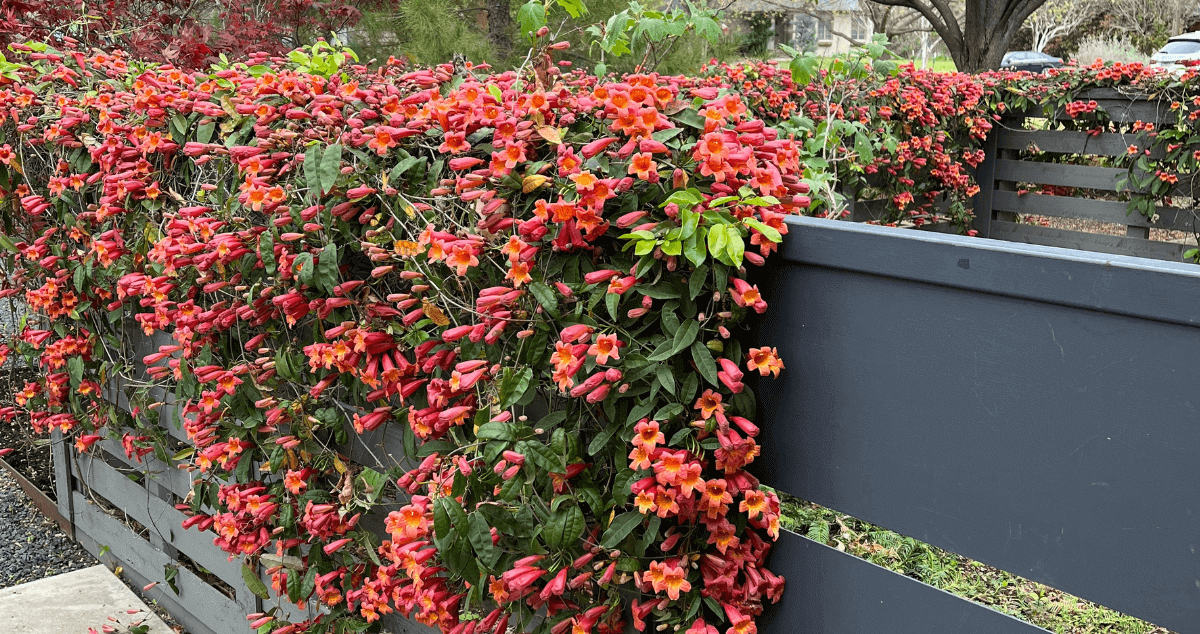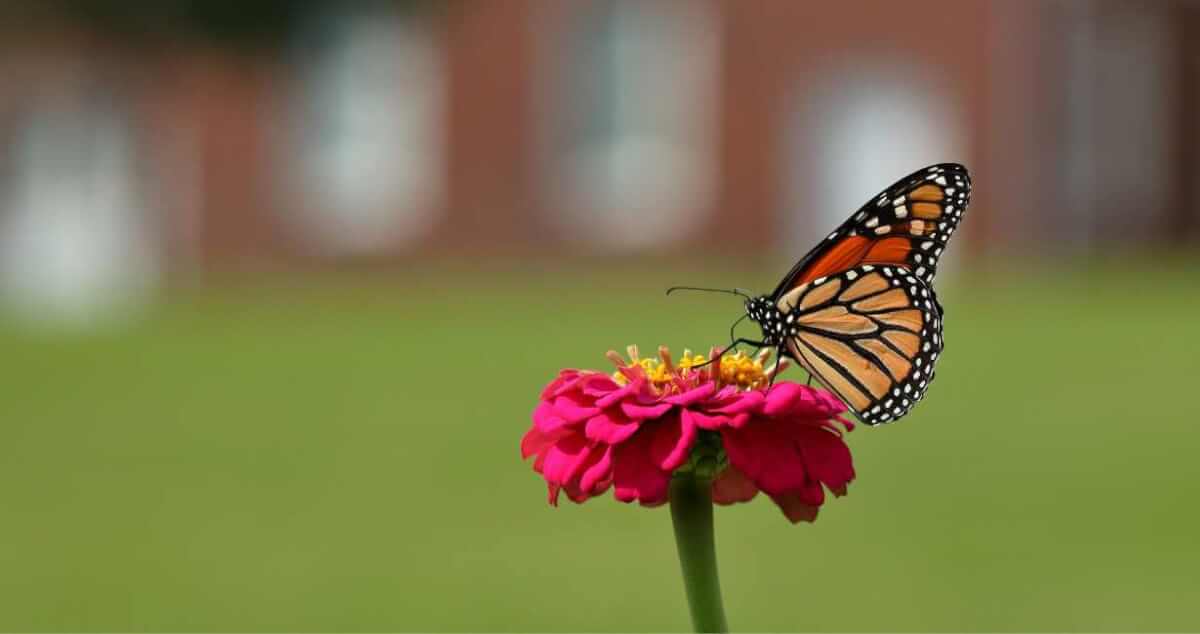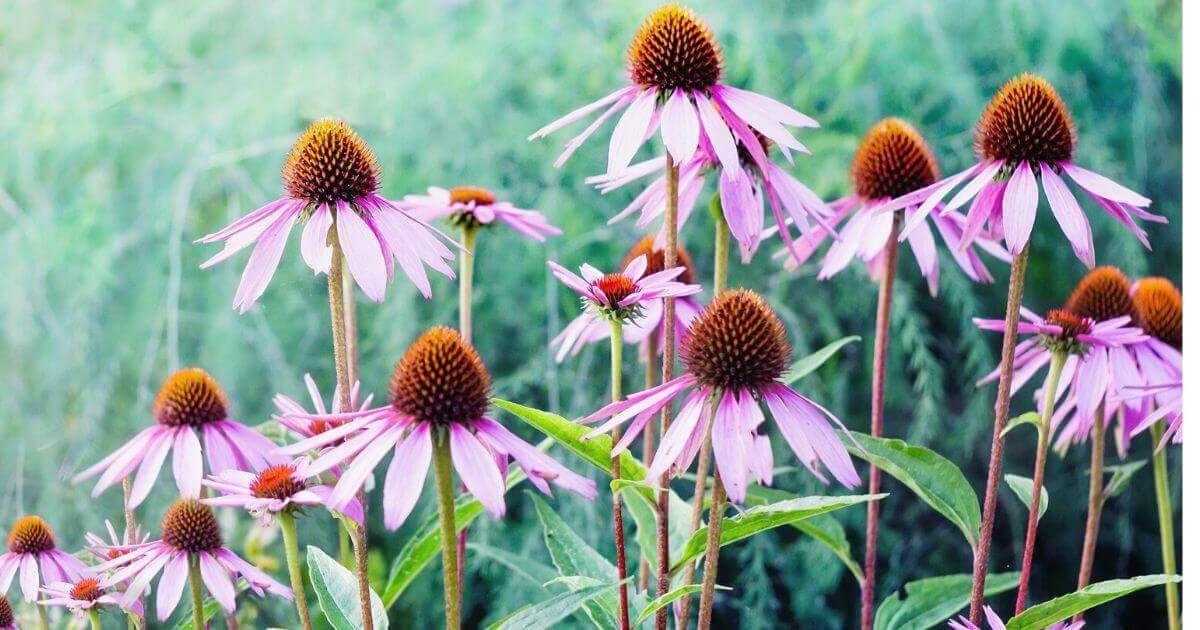
You find a gorgeous Mexican Bush Sage at your favorite garden center, and plant it with loving care. Thinking about all the memories that you will create together. And then…. nothing.
Okay, you think. Maybe next year. Next year rolls around, the salvia returns from winter dormancy, maybe puts on some additional size, but then again. Not much. Certainly not the dramatic explosion of blooms that you were expecting.

What gives?
Perennials are a must for the North Texas landscape. Because they require minimal inputs, they are considerably more earth-friendly than their

But perennials take a while to get established. A frustrating reality for the gardener who wanted a lush and overflowing perennial bed immediately after planting.
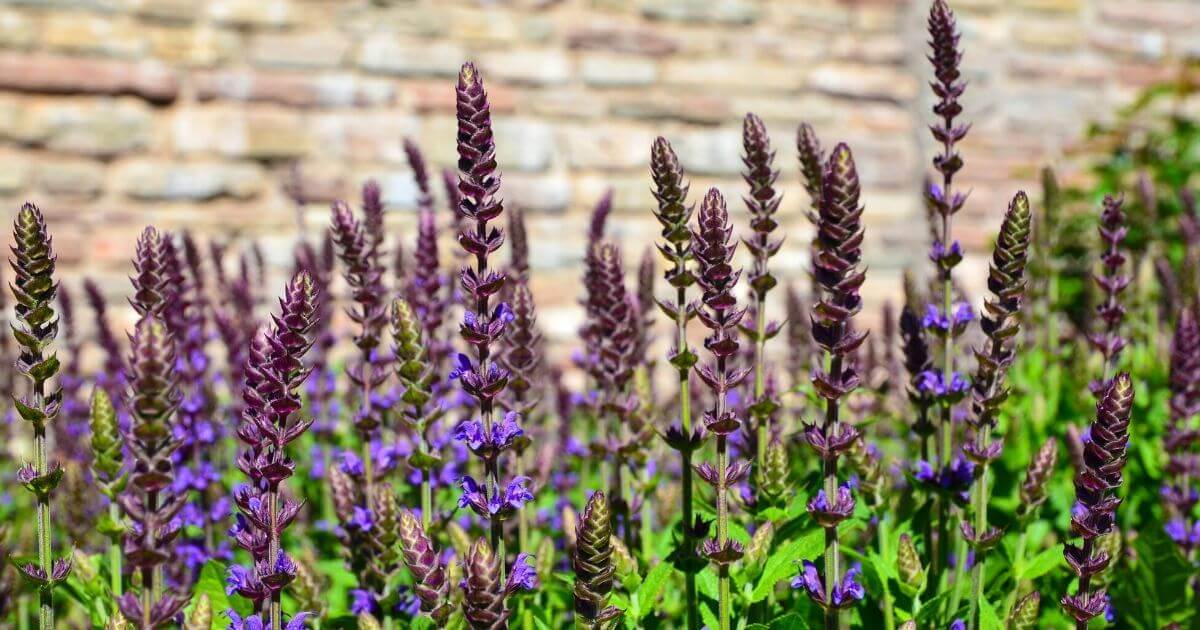
The important adage about perennials is “Sleep. Creep. Leap.” This describes what to expect from perennials in their first three years of being in the garden.
In the first year, the perennials will sleep. Rarely putting on new growth and not blooming much more than what as on the plant at the time of purchase.
In the second year, perennials will creep. Perhaps they will put on some additional size, but blooming will still be sparse.

In the third year, perennials will leap. With well-established root systems, perennials will put on a lot of new growth and starting blooming profusely. Truly taking on the appearance that you had originally dreamt of or seen in pictures.
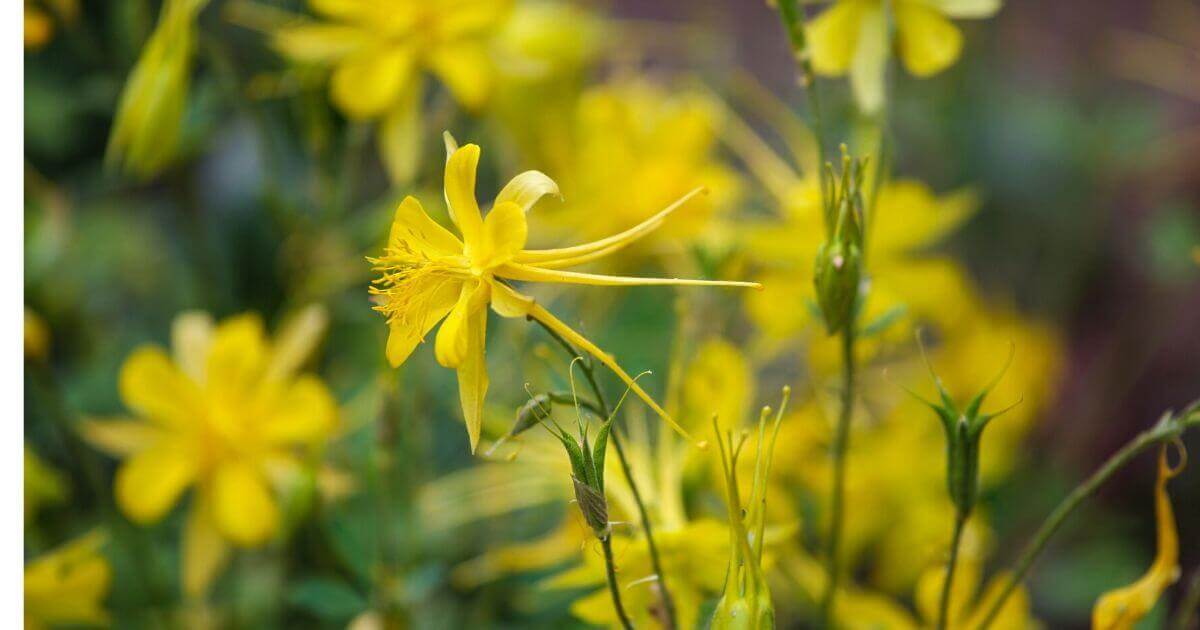
So don’t fret about your newly planted perennials this year. Avoid excessive water or excessive

Looking to add perennials to your North Texas garden?
Salvia greggii is a reliable and easy-to-care for perennial that attracts butterflies and hummingbirds. It is available in myriad colors, and performs best in full sun and well-draining soil. To maintain appearance, cut back by a third after the first heavy bloom. The “Mesa” series performed well in the Dallas Arboretum Plant Trials.
Perennials are best planted in early spring and fall.
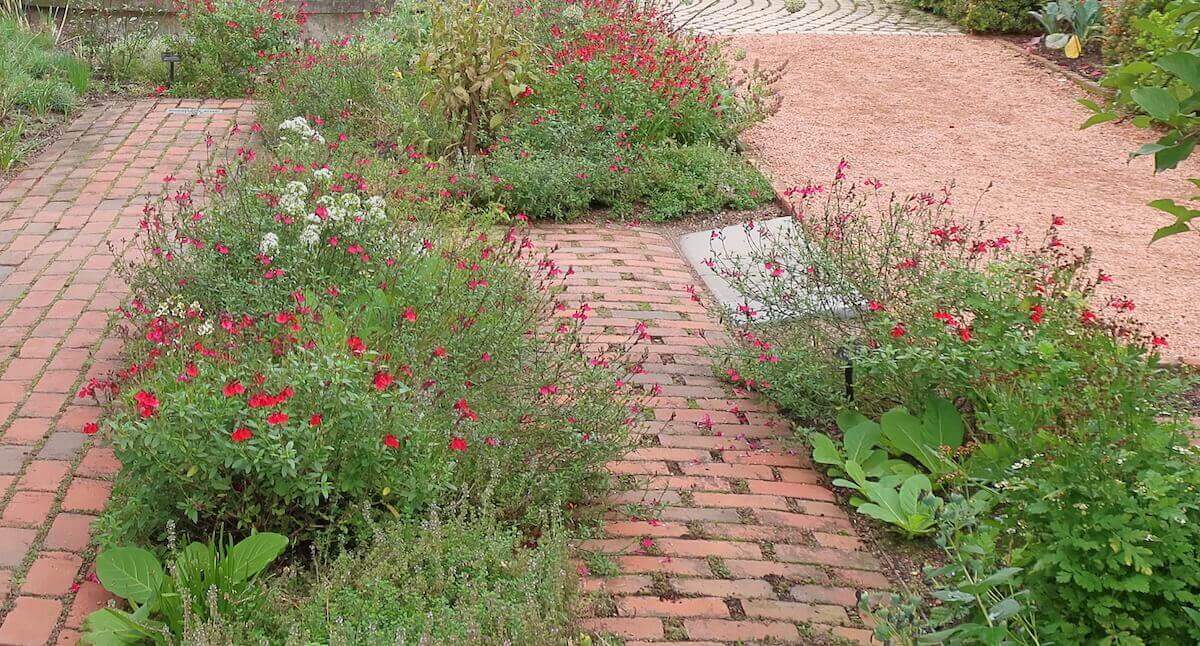
- Can Eating Tomatoes Help Prevent Weight Gain? New Study Says Yes - May 25, 2025
- New to Gardening? Join Our Step-by-Step Beginner Gardening Class - April 24, 2025
- Why “Intensive” Gardening is Not Good - March 9, 2025

